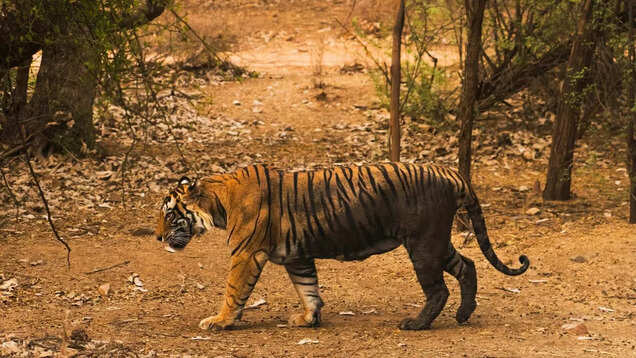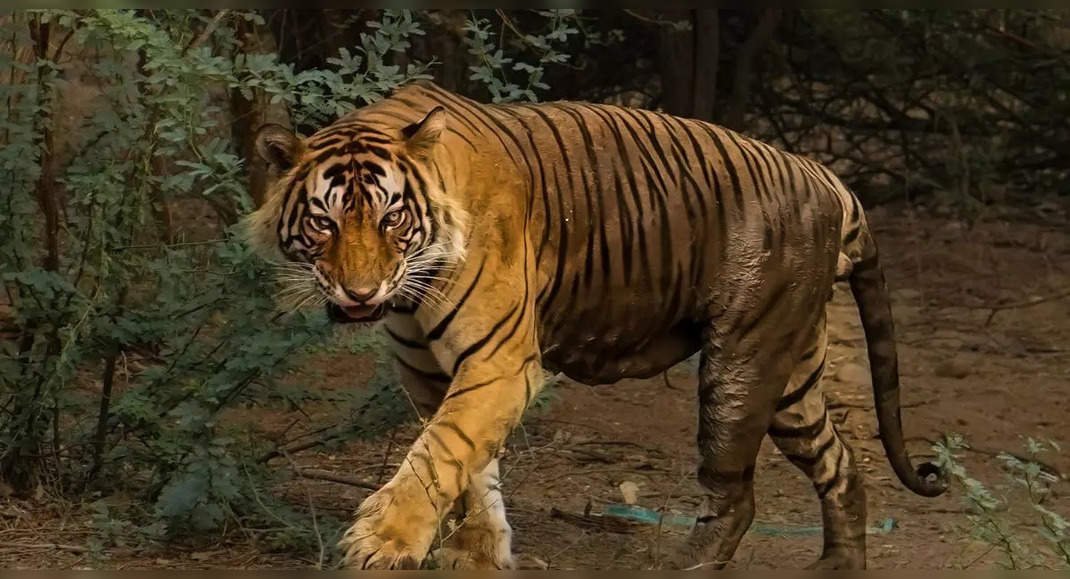
Ranthambore National Park, located in Rajasthan, India is home to many Bengal tigers and is also one of the popular tourist places. However, recent reports have raised alarms about the park’s tiger population. According to PTI report, in a year’s time 25 out of the total 75 tigers have gone missing from the forest. This figure indicates the highest number of tigers reported missing in a single year, with only 13 tigers disappearing between January 2019 and January 2022
Also read: How to go for a safari at Kanha Tiger Reserve?
Investigation into the matter
As per the reports, a three-member committee was formed to investigate the disappearances. The committee will analyze the data to know whether park staff oversights were something that contributed to the situation. Reports also suggest that the forest department has identified some monitoring gaps, and efforts are already underway to address the situation.
If reports are to go by, a government order was issued recently that highlighted the ongoing concerns about the missing tigers.

Also read: 5 must-visit national parks in the US for your travel adventure
Human-tiger conflict
Human-tiger conflicts add further to this situation. The mighty animals often clash with those living near the park, and both parties may experience tension and danger. The state government has reduced some of the pressure on the park by relocating villages from its buffer zone. The process is slow, however; their last successful relocation happened in 2016.
Overcrowding problems
Ranthambore National Park is spread over an area of about 900 square kilometers and hosts 75 tigers currently, comprising cubs and younger ones. The number is shockingly higher than the estimated safety margin of roughly 40 adult tigers worked out by the Wildlife Institute of India in the years between 2006 and 2014. The presence of too many tigers leads to fierce territorial battles among them, which makes their survival even more complicated in this habitat.

Once considered as the famous hunting grounds of the Maharajas of Jaipur, the park provides yet another attraction for tourists. It is not just inhabited by tigers but also leopards, sloth bears, and various species of deer, it has 40 species of mammals, 35 species of reptiles, and 320 species of birds.


